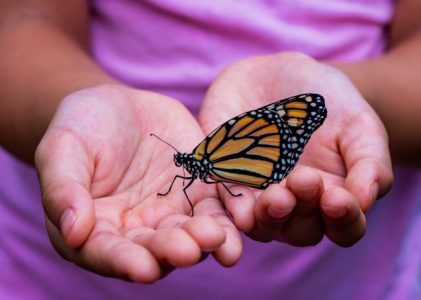
In December 2023, at #ShiftThePower Global Summit in Bogotá, I attended a session on “Measurement is Political.” After the session, I started to think of how measurement has been politicized. All my professional life, I have always had a problem with the MEAL system, and how we measure people in numbers. Using numbers to fit into donor agendas, expectations, log frames, and all kinds of other insensitive measurements.
Throughout my career, I worked with several organisations, including the World Bank, the Palestinian National Authority (PNA), and various community organisations. In the early years of my career, while I worked on impact evaluation of projects with the World Bank, I always felt like there was something odd about how we measured success but I did not have the language for it back then. I was also just at the beginning of my career. It was during my time with community organisations that I started to ask myself, how can I measure how people feel? How have they prospered? How do they become a good, productive community? How did the “weaving of relationships” between them become so strong? How do we measure all that?
Things get political when we attempt to measure success according to a MEAL system used by international organisations such USAID, DFID, GIZ, the World Bank, and many others if they are not interested in the quality of relationships in the communities they fund. Realising now that measurement is indeed political, I find myself thinking; how can we measure community well-being? I think if we can develop indicators out of a community well-being approach, then there’s no reason why we can’t “evaluate” it. If we want the people to be resilient, how can we build a vision of evaluation based on well-being? How can we measure resilience? How can we measure happiness? How can we measure some of these really extraordinary indicators? I suppose that needs an index – a collection of several indicators that collectively give us an impression of well-being, while being culturally sensitive.
It was during my time with community organisations that I started to ask myself, how can I measure how people feel?
How can we measure and tell that a community is distressed, or that it is flourishing? In order to measure and distinguish a distressed community, from a flourishing one. We will need to add other basic, and often overlooked community indicators such as sports, culture, and the arts. In addition to traditional metrics such as economic stability, employment rates, education levels, health services accessibility, and crime rates. Incorporating sports, culture, and the arts as indicators could provide a more holistic view of a community’s quality of life, and attempt to capture the multifaceted nature of community well-being.

Sports serve as a vital indicator of community health and social cohesion. Sports facilities and programs also signal an investment in public convening spaces and a reflection of community development. Additionally, measuring cultural vibrancy may involve assessing the diversity and richness of cultural expressions, the preservation and celebration of heritage, and the accessibility of cultural activities to all community members. Indicators here might include the number and variety of cultural events, community festivals, and known convening spaces. Cultural engagement is linked to community identity, pride, and cohesion, which are also essential for a flourishing community.
If we want the people to be resilient, how can we build a vision of evaluating based on well-being? How can we measure resilience? How can we measure happiness? How can we measure some of these really extraordinary indicators?
The presence of an active arts scene in various expressions can be a powerful indicator of a community’s vitality, expression, creativity, and innovation. Metrics for assessing the arts might include the support for local artists and community participation in arts activities.
By adding sports, culture, and arts to other basic indicators, we can gain a more comprehensive understanding of a community’s well-being. These indicators highlight the importance of social and cultural capital, beyond economic measures, in evaluating community health. A flourishing community is likely to exhibit strong performance across these areas, indicating not only material well-being but also a vibrant, engaged, and cohesive social fabric. Conversely, a distressed community may show gaps or deficiencies in these areas, pointing to potential areas for intervention and support. This holistic approach to measurement encourages policies and initiatives that support all dimensions of community life, leading to more sustainable and inclusive development.
Berlinski wrote a book about well-being as a measurement methodology. How to measure individual indicators, but also community indicators, and how to develop correlation measurement tools for both which eventually provide a concrete and holistic picture of the studied individuals and community. All these levels combined give us a collective evaluation of where people are in real life.
Samar Awaad is an International Development Consultant, and a version of this article has also been translated to Portuguese.
